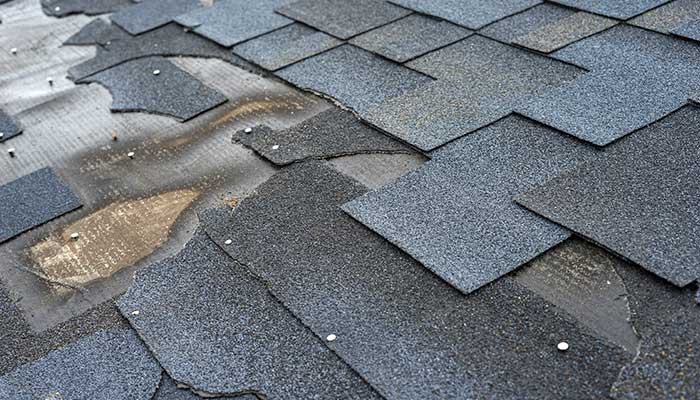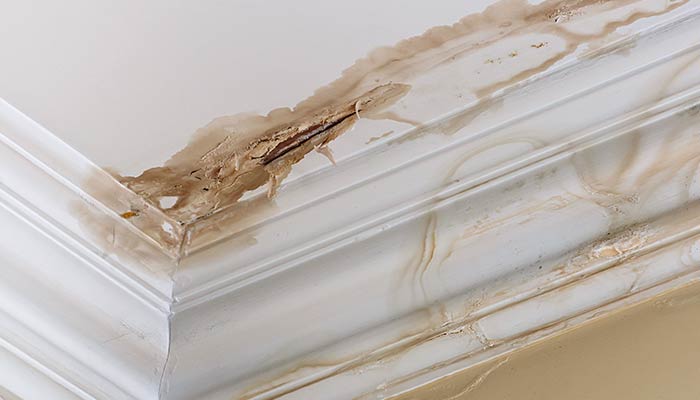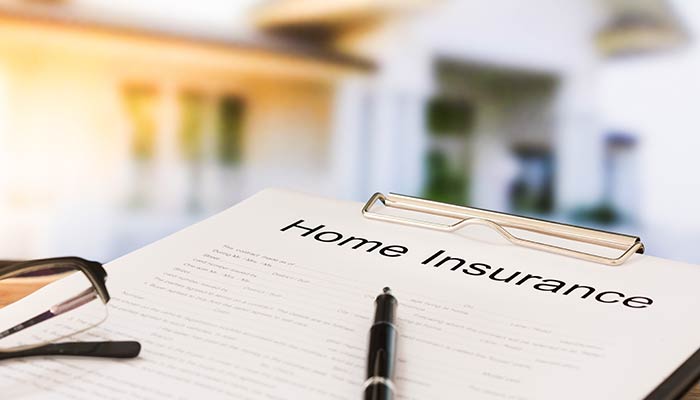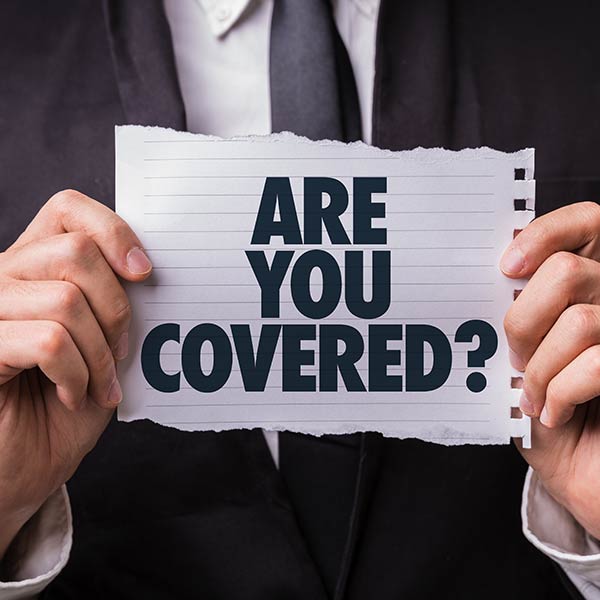Storm Damage &
Homeowners Insurance
What You Should Know
As your home’s first line of defense, your roof is subjected to rain, sun, wind and more throughout the year. On the southern part of the west coast of Florida, homes withstand these elements at both a greater intensity and a higher frequency than in some other states, so it’s no surprise that the cumulative effect of constantly shielding the home against these elements eventually takes a toll on the roof.
After a particularly strong storm, you may begin to notice leaks, missing shingles or impact damage. Unchecked, these damages can compromise the integrity of your home’s framing, cause moisture damage leading to mold, or invite critters to take shelter in your roof.

Types of Storm Damage
After a particularly intense storm passes through, it’s crucial that you head outside to check for visible damages. Keep in mind that roof damage can be like an iceberg in that it may be minimally visible on the surface, but the damage under the surface can be catastrophic. A professional roofer can inspect your roof to spot any damage that could cause potential problems inside your home later.
Hail: Roof damage from hail is one of the biggest threats to your roof’s integrity. Since the damage is sustained from the impact of hailstones striking the roof’s surface, you can be left with chips, cracks or holes in the roof that will be very problematic when left unaddressed.
Major damage from hailstone impact is typically visible to the untrained eye, but unless a professional roofer performs an inspection, you could have “invisible” damage that doesn’t manifest major issues until the next big storm; by then, you could be dealing with very costly repairs or even a total roof replacement.
Rain: Typically, most damage incurred to a roof during a storm is due to the deluge of water. Water can find its way into the tiniest cracks and crevices, creating problems related to mold, rot, structural damage and more.
If you see wet spots on your ceilings or walls, bubbling paint, or visible leaks, your roof is already compromised. Gradual roof damage may not be visible to your naked eye, but a professional roofer has ways to detect moisture in spots where moisture should not be. That is why a semi-annual inspection is highly recommended by professional roofing experts. The ability to catch potential water leaks early on is crucial to heading off the inevitable damage, so these professional inspections will save you thousands of dollars when all is said and done.
Wind: While the most common types of storm damage is rain, the most dangerous is strong wind. High winds can tear off shingles, send tree branches crashing onto your roof, destroy flashings and more. Most residential roofing shingles are rated to withstand hurricane-force winds up to 120 mph, with some promising to hold up to winds up to 150 mph. Still, having your roof inspected regularly and after notable storms can help to prevent costly damages to your home in the event of the next storm.

Signs of Storm Damage
Certain signs of damage will be obvious. Missing or damaged roof shingles are the easiest to spot, but you can also check for the following:
- Shingles - check for cracked, broken, chipped or missing shingles, as well as shingles that look like they’re ‘balding’ (the result of asphalt granules being stripped off of the shingles).
- Flashings - look for missing or damaged flashings along the edges of the roof and around roof penetrations.
- Sealant - while you’re checking the flashings, give the sealant a good look. If it’s missing in any spots or peeling off, you’re going to need to address the problem ASAP.
- Attic/ceilings - head up to the attic to check for water damage and signs of rot, mold or animal nesting.
Any of the abovementioned signs of storm damage should prompt you to call your local roofing contractor to do a thorough inspection and, if necessary, schedule a time for repairs to be done.

Working with your Homeowners Insurance Company
Most policies will cover the cost of repairing or replacing your roof in the event of an occurrence that is out of your control, such as fire or vandalism. Typically, damage resulting from extreme weather conditions such as a tornado or hurricane will be covered, as well, but make sure you get your claim filed as soon as you can following a storm, as some insurers won’t cover certain damages after a specific amount of time has passed.
The best way to know exactly what your policy will cover and what exclusions apply is to review your policy carefully with an insurance agent and ask questions if something is unclear to you.
In the event of storm damage in need of repair, our roofing specialists work directly with your insurer to make sure you receive the maximum benefits you’re covered for. Throughout the claims process, we’ll be there to work with the insurance adjuster to ensure that the process is followed properly. We’ll help you with the paperwork and act as a liaison so that the communication between you and your insurance company is clear and the process goes smoothly and at a good pace.
Follow these Tips to Make the Process as Painless as Possible for You
Document all roof damages carefully: Take clear photos and videos of your roof’s condition, especially if storm damage is present. Keep the footage in a file on your computer, or store it in a cloud storage account such as Dropbox or Google Drive (both free). This way you can easily access and share the files with your insurance company. Be sure to document images or video of your repaired or replaced roof with time and date stamps. This creates a digital trail that makes it harder for an insurance company to manipulate the situation post-repair and post-maintenance photos.
Keep all of the necessary documents in a safe place: This includes a copy of your policy, any claims paperwork, roofing estimates and any other pertinent documents either in a digital file on the cloud or in a fireproof lockbox in your home. This will save you a tremendous headache when those documents need to be dug out for your claim. When claiming roofing damage insurance, you will need to know the roof's damages and what actions or services will be required to restore it.
Get it in writing: Ask your roofing company to provide a written explanation about what repairs are needed and how much it’s estimated to cost. Keep this and the repair plan provided by your roofer in the safe space with your policy and other related documents.
DID YOU KNOW?
Depending on the specifics of your policy, your homeowners insurance may cover leak-causing damages to your roof, provided it’s caused by a “covered peril.” Typically, these include fire, hail, and wind, but make sure you review your policy carefully to ensure that these events are not excluded.
Be aware, however, that your policy is probably not going to cover damage resulting directly from lack of regular maintenance or normal wear and tear. You can prevent your policy from voiding by having your roof professionally inspected twice per year.
REQUEST A
FREE ESTIMATE
CONTACT US
FOR AN INSPECTION
Having a roofing company to represent your roof’s best interest can make the process easier and faster, as roofers work under similar circumstances nearly every day and are extensively acclimated to maneuvering the claims process. AKVM of Bradenton, Florida provides unmatched residential and commercial roofing services. We’ll provide guidance and support to help you get the coverage from your insurance company that you’ve paid for as well as expediting the entire process.
Contact AKVM today to schedule an inspection and get the process started to repair your roof and safeguard your home.

